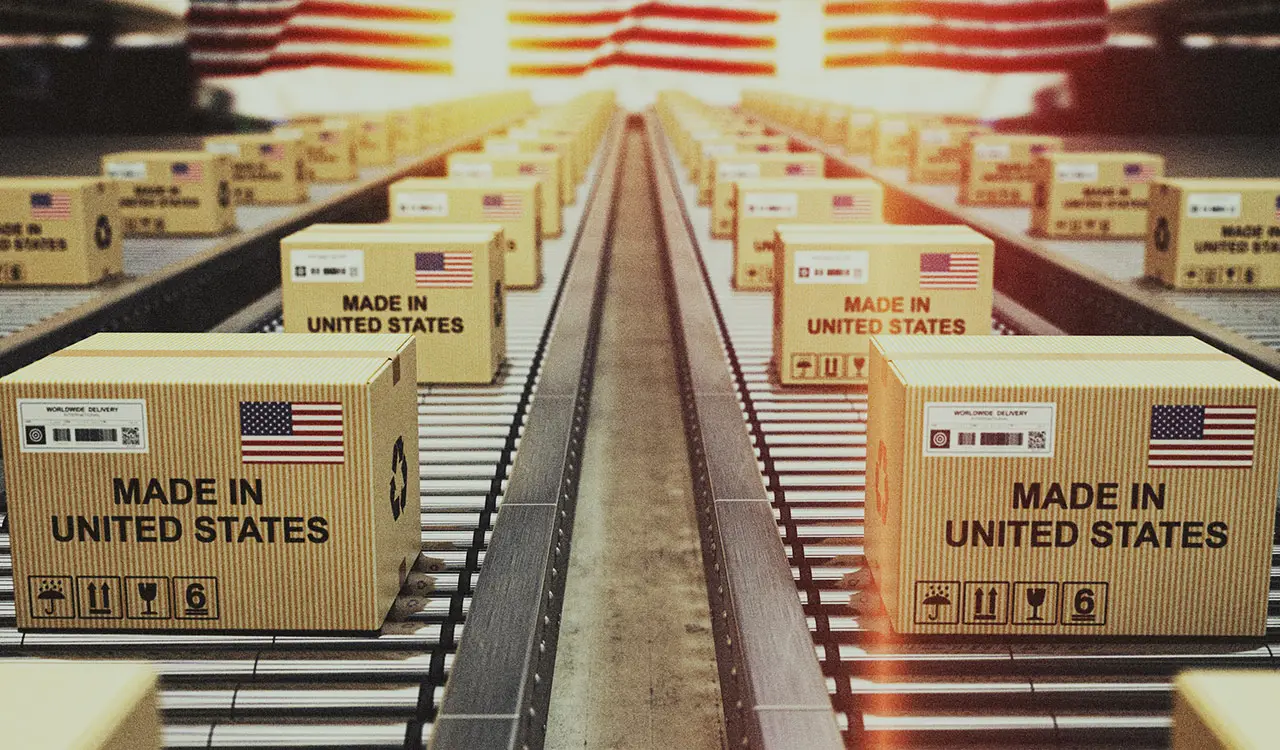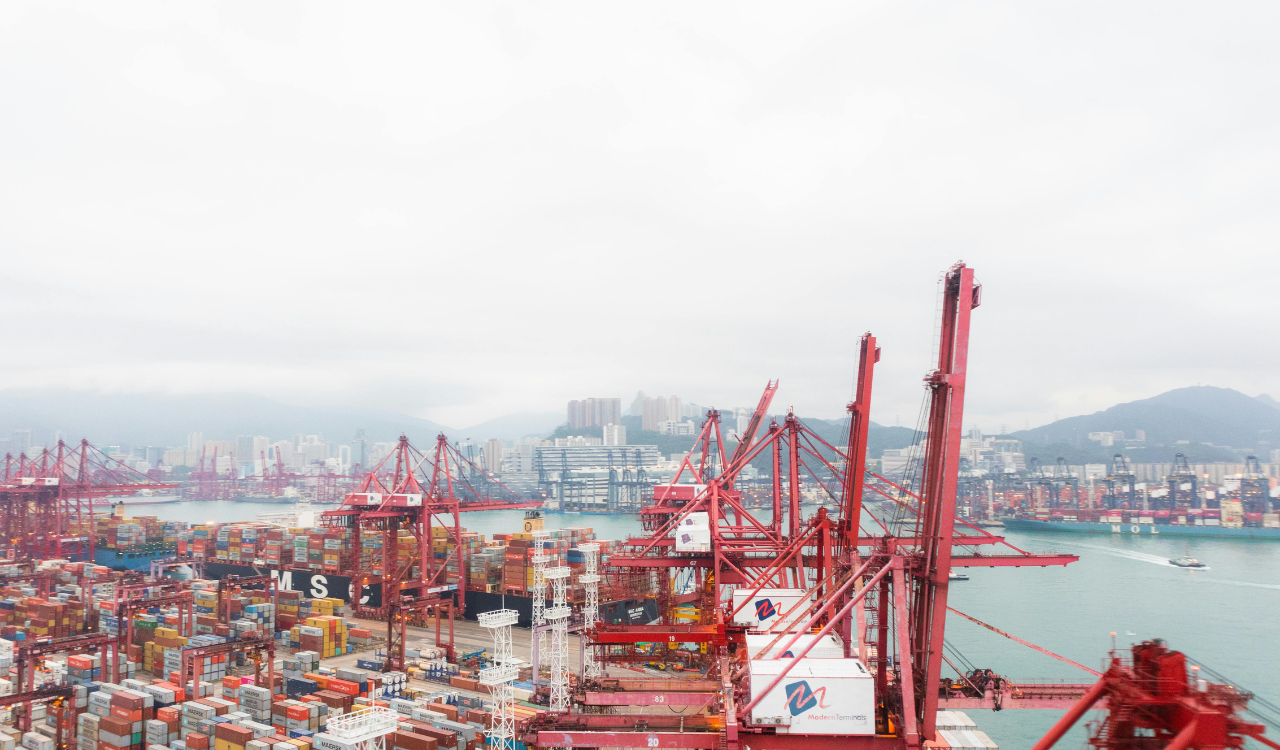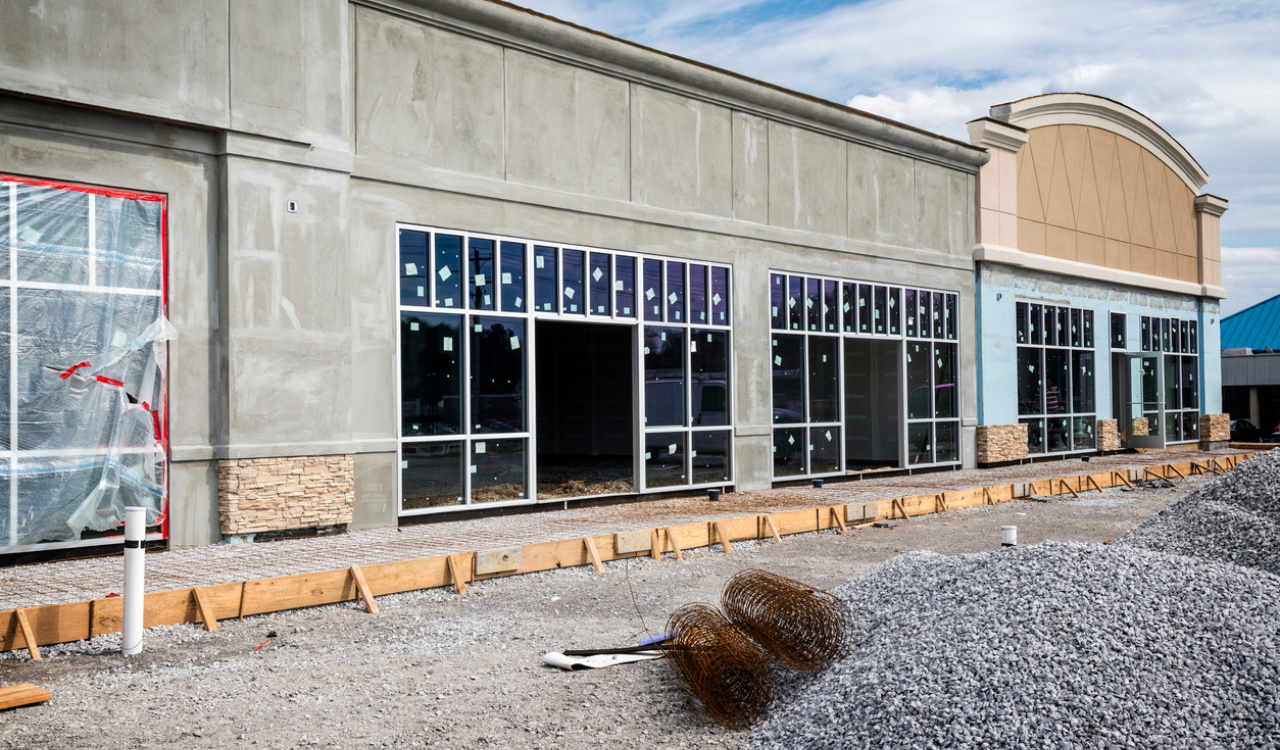Made in America: The Trumpian tariffs of the twenty-teens didn’t do it. A near-total shutdown of China’s manufacturing base during the early days of Covid didn’t do it. The supply chain meltdown that eschewed driving shipping costs up tenfold didn’t do it either. Not global politics bordering on the polarizing. Nor the Panama Canal running dry, Houthi terrorists off the coast of the Middle East and a collapsed bridge in one of the busiest ports on the East Coast. None of them could do it.
Worried about rising costs in China, not to mention rising political tensions, Apple knew it needed to move some of its manufacturing out of the country. But to America? No iWay. More than one out of every ten iPhones is now made in India and that number is only going to get larger.
A non-stop cavalcade of virtually unprecedented events has not been able to have the intended or unintended consequence of revitalizing American production. And there’s little to believe that anything short of a worldwide conflagration will. Or it will take a massive paradigm shift in the availability of low-cost labor.
American Production 101
In this contentious political year, there’s plenty of talk and campaign assumptions about manufacturing – and the resulting jobs – returning to this country. But a closer look shows that most of the conversations are about computer chips, car factories, solar panels, and other assorted tech businesses. Nobody’s talking about apparel factories, textile mills or frying pan plants. They are not conspicuous by their absence: they are downright invisible in the discourse.
So how bad is all of this? Well, when it comes to reshoring – that’s the catchy phrase someone came up with to describe the return of manufacturing and jobs to America – the level of employment in the production sector of the U.S. economy is anemic. Numbers show employment in this area peaked in 1979 at just under 20 million jobs, according to the Bureau of Labor Statistics. And this was when the population of the country was about 225 million, more than 100 million less than today. So, about one in ten Americans – much higher when you consider the workforce size – was involved in manufacturing work in the 70s. From there it’s been a steady decline to about 12 million in 2019 right before the pandemic struck.
The reported numbers since then are all over the place. Manufacturing declined during the early stages of the pandemic as many factories shut down. Other sectors of the U.S. economy went into overdrive shortly thereafter. Food, essential retail, pharma/healthcare and Amazon made a killing. At the time, shortages of raw materials stymied the tech and automotive industries.
As things have stabilized over the past 12 to 18 months, so too have the numbers now impacted by the general malaise of the American economy. Politico reports that the manufacturing sector added just 12,000 jobs in 2023, which is almost a rounding error. Total estimates for U.S. manufacturing jobs range from 11.3 million to 14.9 million, depending on who you ask, and we can only guess who is doing the counting.
Throwing in the Towel
There are plenty of examples of companies that have tried domestic manufacturing and failed. But a good story surrounds a towel producer called 1888 Mills. It is a distant relative of Dundee Mills, a one-time American home textiles producer based in Georgia and founded in 1888. It started off very modestly around the turn of the century with a couple of towel looms in the central part of the state targeting the hospitality sector of hotels and institutional users like hospitals.
The company had modest success and was soon acquired by a larger textile supporter…one based in Pakistan (it was always known as 1888 from the start). Are you starting to see the irony in all of this? The new owners decided to double down on American manufacturing and built a larger mill with more capabilities in Georgia. The catalyst was a Walmart Made-in-the-U.S. program and the giant retailer promised to buy if they could make those towels domestically.
They did and Walmart began selling the American-made towels, even though they were more expensive than just about anything else in the store’s bath assortment. A few other retailers came on board, but it was the Walmart program that made the whole thing work. Until it didn’t.
A few months ago, 1888 announced it was shutting down its American plant and Walmart was ending its program. It’s not clear which was the chicken or the egg, but the end result is the same. The numbers no longer added up. And that gets us to why it’s so hard to make domestic manufacturing work.
New Math Is the Same Old Math
The folks at 1888 were diplomatic as they continued to do business with Walmart, but they basically said they couldn’t make any money building towels in Georgia given what customers were willing to pay. In plain speak, they said our costs are just too damn high. And that comes back to the one thing: affordable labor. Cotton and polyester prices are pretty constant around the world. Looms and other machinery cost the same in Georgia as they do in Karachi…or Mumbai and Shanghai. And making towels is a pretty automated process, nothing like those vague images you may still have in your head after watching Norma Rae on Netflix.
It still takes people to make stuff and those people get paid more – a lot more – in America than they do overseas. Again, the numbers are all over the place but it’s safe to say U.S. workers get paid five times – maybe ten times – as much as their counterparts in Asia. It’s why all this production moved overseas in the first place and even if the gap is smaller than it used to be, it’s still sizeable. With recent wage hikes in the American labor sector, partly based on a tight job market, that’s not likely to change.
Where Have All Workers Gone?
The total number of workers in manufacturing dropped by nearly half over several decades and that workforce has moved on. They got jobs in the service sector or in a few new areas that were expanding, like tech. Eventually, they aged out and subsequent generations never learned how to operate a power loom, sewing machine, or tool-and-die press.
It’s not just about the numbers. Institutional knowledge is being lost, never to be passed on from generation to generation. Some factory jobs don’t require enormous skills – many do – but you still need to know what you’re doing so you don’t sew your fingers together or get your head stuck in a drill press. And the people who can train you how to do this are now selling real estate, used cars or sadly, delivering fries and shakes.
Processes, Processes
And it’s not even about an unskilled workforce. One of the things that has made China such a manufacturing juggernaut is its entire production ecosystem. It is the master of scale. Thousands of Chinese-made components are assembled at the final manufacturing stage in China – and to a lesser extent in India. In a brilliant move, China created the entire end-to-end production network to efficiently make all these products by a dormitory-housed workforce of young villagers who migrated to these mega-manufacturing hubs.
How did China learn how to do this? From us, of course. America’s Industrial Revolution was powered by young workers who migrated from the farms to the cities in the hope of a better life. Labor was cheap and plentiful. China has emulated the model on steroids. Their manufacturing facilities are mega-cities, not one factories in a small city as was the case in the U.S.
In our digital marketplace and global economy, American (and to a smaller extent European) companies set up shop with China over 30 years ago to support the build-out of these manufacturing networks replicating our own factory heydays. Today, American workers don’t want low-paying jobs in factories making irons. So, when the factories shut down in America so too did all the sub-contractors who no longer had anywhere to sell their bits and pieces. Enter China.
When you talk about building a factory in America now, it’s not just one factory. It’s more, much more. We’re talking about maybe dozens of production facilities that must be created to make the whole thing work. How many stories did we hear during the supply chain meltdown of big Ford and GM trucks sitting in parking lots waiting for one key component – maybe a computer chip – that was in short supply and unavailable? Multiply that by bigger factors and that’s what we’re dealing with here.
Made in America?
So, is the situation hopeless? Not exactly but close to it. Some niche sectors that aren’t so price-sensitive or require their products to be made close to the place where they are consumed have the potential to thrive. Or if they are chip manufacturers subsidized by the government.
But more likely we’re looking at a scenario like the one Apple faced with its iPhone production. Worried about rising costs in China, not to mention rising political tensions, it knew it needed to move some of its manufacturing out of the country. But to America? No iWay. More than one out of every ten iPhones is now made in India and that number is only going to get larger.
It’s the way the business of making stuff works — follow the cheap labor. And it’s why places like Africa and Latin America are likely to be the next frontier for manufacturing over the coming decades. In the meantime, all those abandoned factories in the U.S. are finding a new life as condos and marketplaces. They are what Made in U.S has become.





